The Department of Energy’s (DOE) Solar Energy Technologies Office (SETO) has announced a $130 million 2019 funding opportunity for up to 80 solar power advanced research projects, while also noting that 10 projects have received awards totaling $36 million for purpose of increasing the situation awareness of solar power in times of critical infrastructure disruptions.
The SETO office, in the $130 million opportunity, intends to fund high-impact, early-stage research in the following areas:
- Photovoltaics Research and Development
- Concentrating Solar-Thermal Power Research and Development
- Balance of Systems Soft Costs Reduction
- Innovations in Manufacturing: Hardware Incubator
- Advanced Solar Systems Integration Technologies
Each of the funding areas have unique webinars to go over the details on April 2-5.
Topic Area 1: Photovoltaics research and development will look at system-level opportunities that can increase the amount of energy produced by a PV array over its lifetime and lower the costs of manufacturing and deploying solar systems. In addition, it will fund several high-risk, early-stage projects to seed new ideas for continued research.
Potential areas of interest in Topic Area 1 include:
- Materials, interfaces, and high-efficiency cell development
- Advanced PV manufacturing science and technology
- System optimization for increased energy yield and lower operations and maintenance costs
- Perovskite module manufacturing and long-term durability
- Low-cost substrates for single-crystal high-efficiency cells
- PV system recycling and end-of-life management
SETO expects to make about 55 to 80 awards under this program, each ranging from $200,000 to $5 million for a total investment of $130 million. While all projects are required to have at least 20% cost share, projects that include demonstration are required to provide at least 50% cost share during the validation period.
The second announcement, of ten projects being awarded $36 million, will design control strategies, real-time system monitoring, robust communications, and other innovative approaches to increase grid resilience, reliability, and security while lowering the costs of solar energy.
A project from Arizona State University, which was awarded $3.5 million, aims to build enhanced grid models by integrating transmission and distribution analyses. The group surmises that using sensors and communications equipment, this tool can enable coordinated distributed resource responses, which can help increase the amount of renewable power operating in the distribution system.
This content is protected by copyright and may not be reused. If you want to cooperate with us and would like to reuse some of our content, please contact: editors@pv-magazine.com.
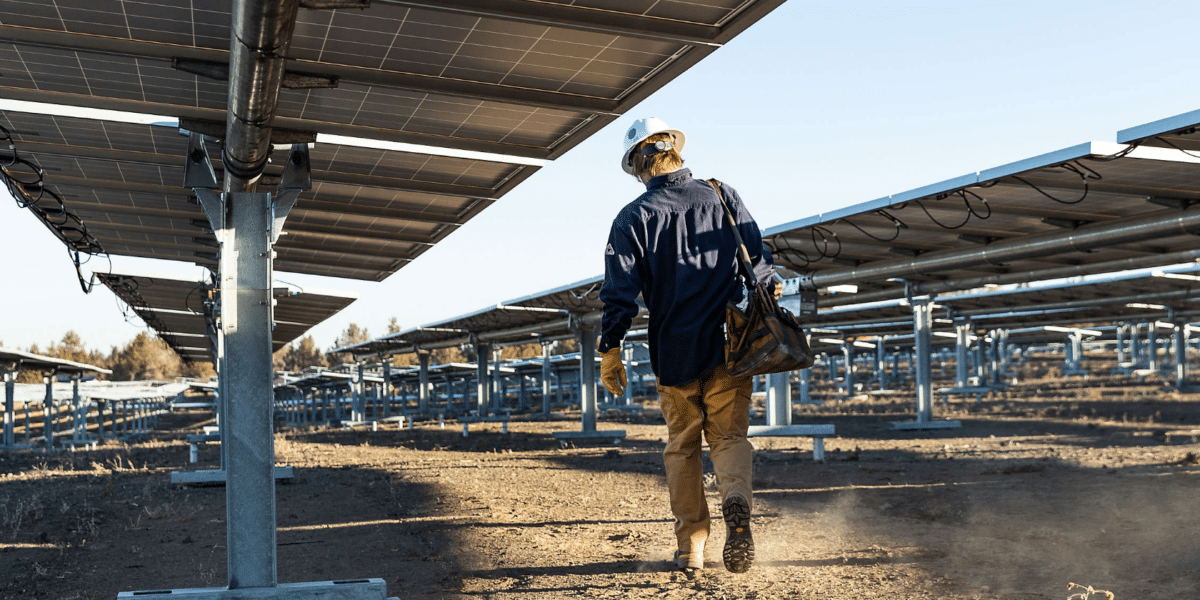
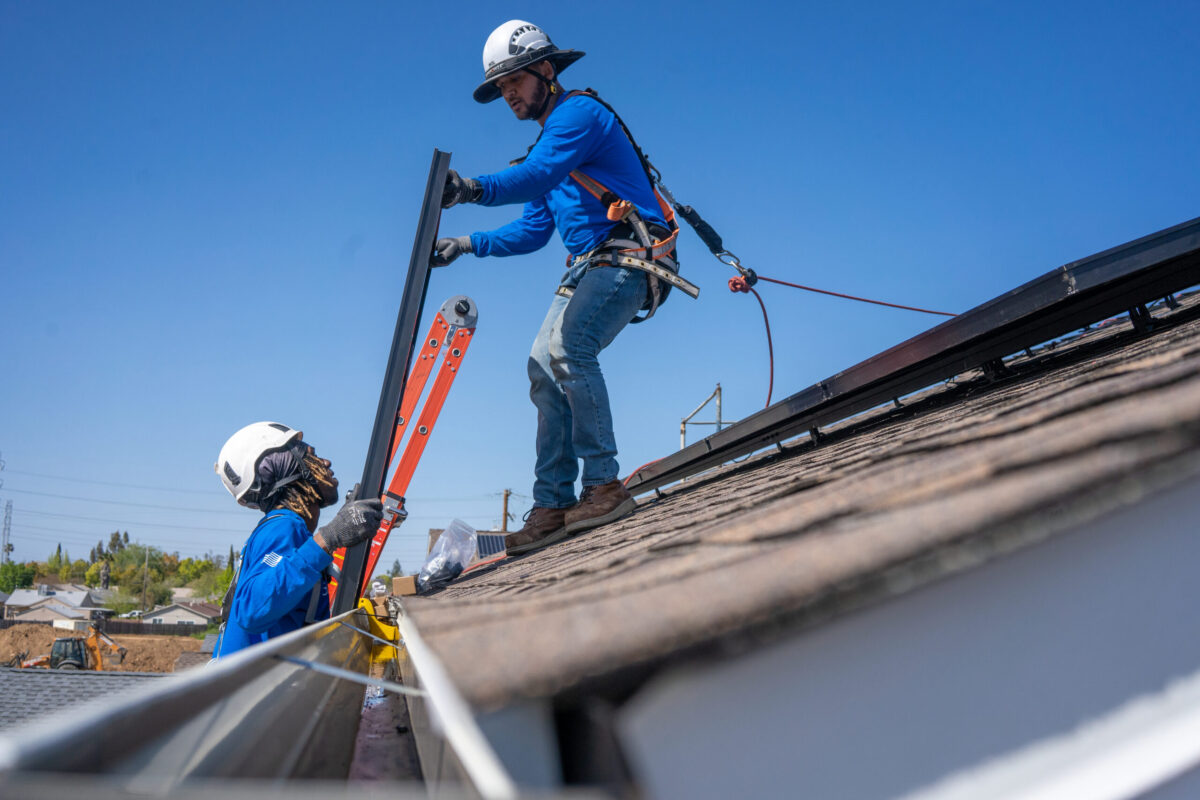



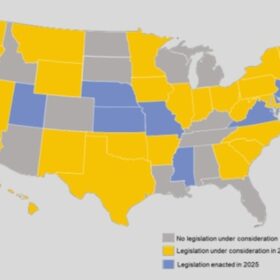
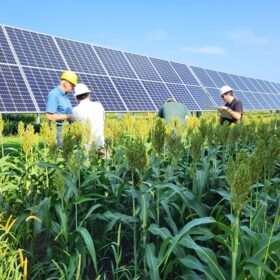
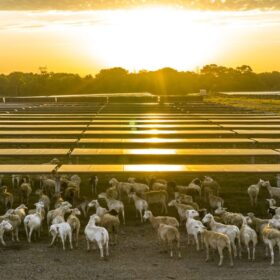
By submitting this form you agree to pv magazine using your data for the purposes of publishing your comment.
Your personal data will only be disclosed or otherwise transmitted to third parties for the purposes of spam filtering or if this is necessary for technical maintenance of the website. Any other transfer to third parties will not take place unless this is justified on the basis of applicable data protection regulations or if pv magazine is legally obliged to do so.
You may revoke this consent at any time with effect for the future, in which case your personal data will be deleted immediately. Otherwise, your data will be deleted if pv magazine has processed your request or the purpose of data storage is fulfilled.
Further information on data privacy can be found in our Data Protection Policy.